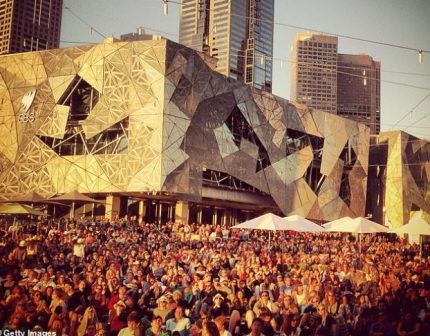In the upcoming general election in May this year, for the first time in 20 years, Victoria has formed a battleground for the decision to win or lose the federal election. Most federal elections win or lose depends on Sydney’s West End and Queensland, but opinion polls point out that this victory will be determined by the Victorian battlefield, and the Queensland battlefield will determine the size of the Labour Party. In the 2016 federal election, NSW strongly turned to the Labor Party and added seven seats to the Labor Party. In the 2019 federal election, NSW may have more seats to change hands, the Labour Party and the Liberal Party will have gains and losses, but the net gains and losses may be small. Queensland has always been unpredictable, with large variations and often tends to favor one side. This state is a state where the national party forces surpass the Labor Party. Often the Labour Party performs well and can win the federal election. This time the Labor Party may win some seats in Brisbane and Central Queensland. However, due to the Adani coal mine dispute, the Labour Party’s victory in Queensland will be limited. The Herbert constituency near Townsville may be handed over to the National Party, and the area to the north may also be subject to restrictions.
The Liberal Party’s 2016 federal election in Victoria only relied on Julia Banks to win a seat, Chisholm. In the 2019 Victorian federal election, there are at least five seats, and as many as 11 seats will be transferred to the Labour Party camp. This item of light is enough to push Shawton to the throne. These five seats, which will almost certainly fall into the Labour camp, are: the Corangamite constituency in Geelong, the Dunkley, Chisholm and La Trobe constituencies in southeast Melbourne, and the newly established Fraser constituency in Melbourne’s West End. The other six constituencies are located in the southeastern suburbs of Melbourne. They are currently in the hands of the Liberal Party, with margins between 4.5 and 8%. They are the Casey, Deakin, Aston, Flinders, Menzies and Monash constituencies. These districts are the most worried districts of the Victorian Liberal Party. In the Victorian election last November, these Victorian electoral districts, which coincided geographically with the federal electoral district, recorded the largest jetty to the Labour Party. The specific figures are: State Constituency/Federal Constituency Nepean/Flinders 8.5%, Ringwood/Deakin 8%, Eltham/Menzies 8.6%. If the Victorian elections are repeated in the federal elections, high-ranking Liberals like Greg Hunt, Tony Smith, Kevin Andrews and Michael Sukkar will all fall.
Finally, the bluest traditional Liberal Party blue-junction, once selected by the Liberal Prime Minister and finance ministers like Robert Menzies, Harold Holt and Peter Costello, Higgins, Kooyong and Goldstein, also appeared in the corresponding Hawthorn and Malvern constituencies in the Victorian election. 10% tilt. If repeated in the federal election, the Liberal Party’s seat will be under the blade.
Of course, the federal election is different from the state election. However, we have forgotten one thing. In the Victorian election in November last year, the Labour Party directly directed public dissatisfaction to the federal government. The campaign slogans and advertisements were the names and portraits of Scott Morrison, Peter Dutton and Tony Abbott. Have an exercise. This time Victorian voters have a real field voting opportunity.
